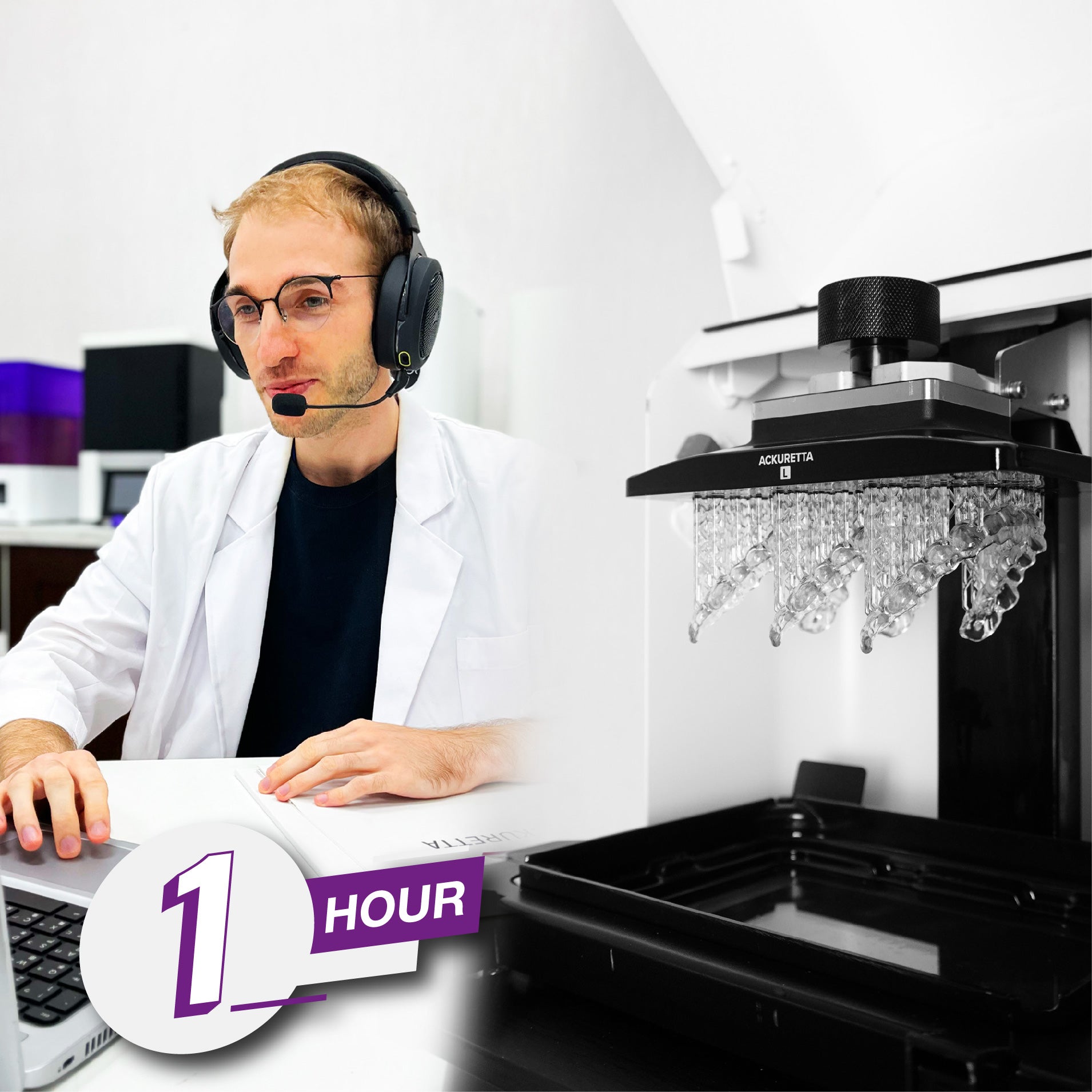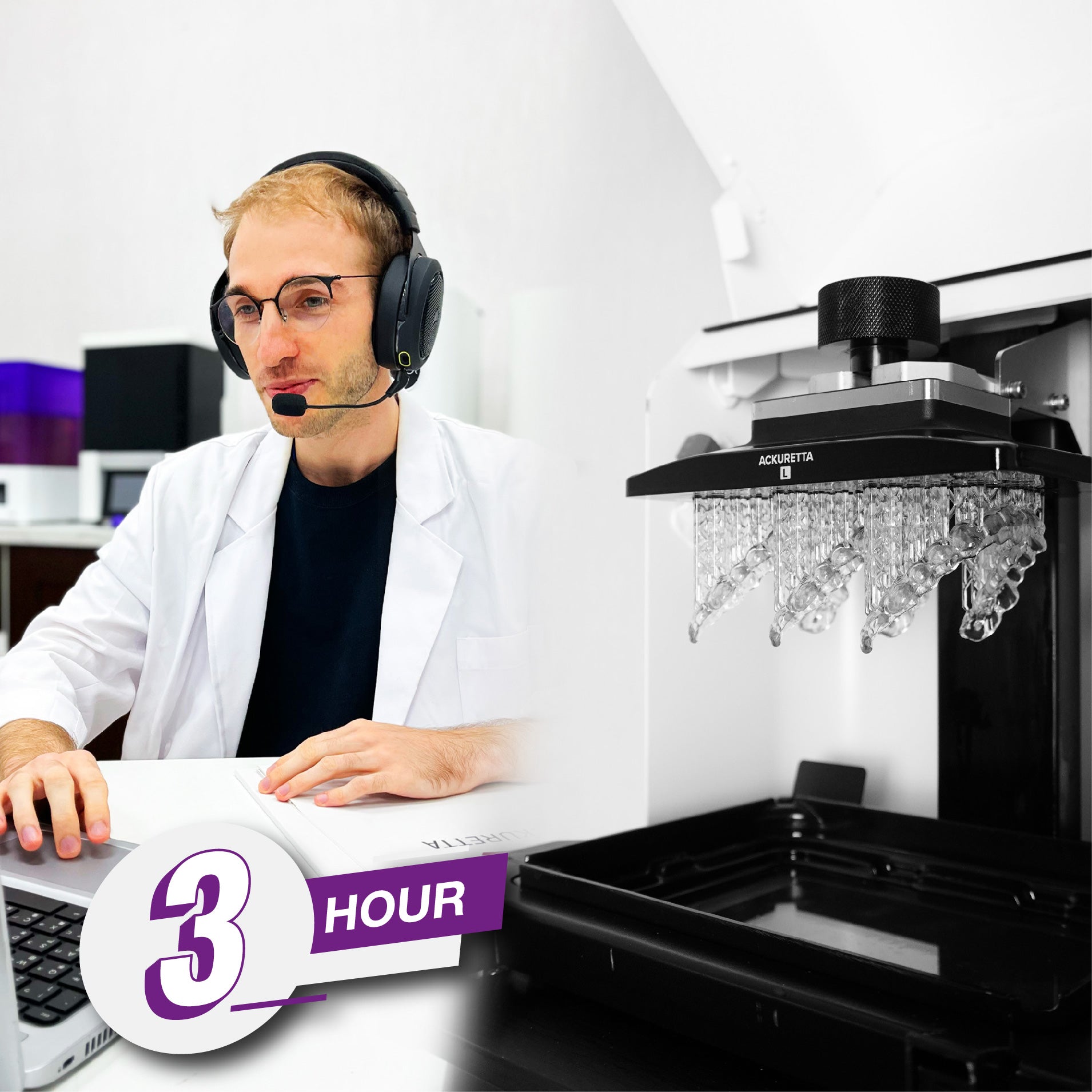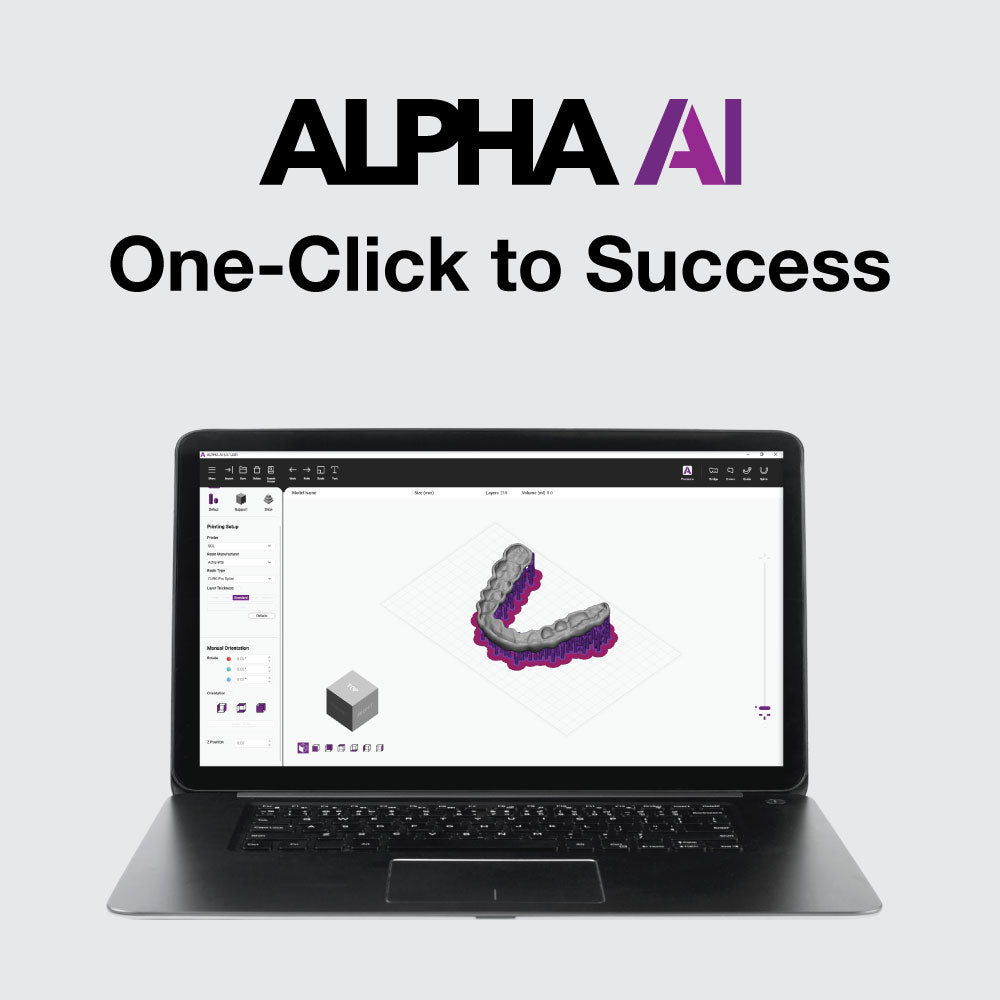Dr.Tiang's Take on 3D Printing -
Part 2
Save Time & Nerves
Dr. Steve Tiang, an experienced digital dentist, shares his wisdom all about what makes or breaks a great 3D printing experience and answering the most pressing question: how much should I pay for a premium product?
In Part 1 we've already discussed 3D printer specs & what makes specialized dental 3D printers stand out, in part 2, we'll take a closer look at the what I believe to be biggest selling points of any dental 3D printer: the availability of validated resins and a full end-to-end solution and last, but surely not least, customer support. Because I can tell you one thing, DIY printers aren't known for either of these.
Material Calibration
It's probably the biggest selling point for dental 3D printers. It’s based on the simple fact that 3D printers costing around US$500 are never dental 3D printers. They are very useful for DIY projects and even functional prints, but to get to a point where you can print biocompatible dental objects, a lot of work is required.
You need to go through a fairly lengthy process for every resin you think you'd like to use. If I was to calculate the amount of time and resin I’ve spent on this process, I'd probably have been better off buying a dental printer from the start. In saying that, it was nice to learn how everything works. I just no longer want to spend that much time trying to get things right.
The problem with many big names in the dental 3D printing industry is that they come with a closed system that only allows you to use their resins, which is a shame as it won’t allow you to use some of the best resins out there.
But there are a few brands like Ackuretta that produce specialized dental 3D printers that have a semi-open material system. This means they take over the rather laborious task of calibrating resins for you and make those profiles available via their slicing software. You just need to update your slicing software and you’ll have new profiles as the company releases them.
Customer Service
There is not one company in the low-cost segment that is known for great customer service. And it makes sense, labour costs are always the highest expense of every company - so if you don’t provide personal support, you save money. I've seen countless posts on groups saying people have contacted support multiple times across several weeks and have heard nothing. Then once support has confirmed the problem, it appears getting the required replacement parts is near impossible and/or extremely expensive.
But just because the bigger and more expensive brands cost more, it doesn't necessarily mean their support and service is good. There are plenty of stories out there about terrible service from the big companies too.
Ackuretta have been surprisingly good with checking in on me and making sure I'm having a good experience with their products and I get answers to questions within minutes rather than days as with other companies.
End-to-End 3D Printing Solutions
It does make sense to invest in a 3D printing solution. Manufacturers can attest to the biocompatibility of the 3D printing results only if they have themselves gone through the necessary quality assurance tests.
Non-dental 3D printers and their post-processing equipment naturally have never been tested by the manufacturer for biocompatibility, as they don’t usually advertise them for dental applications. This may or may not be a concern currently but the rigmarole that Australia went through recently with regards to registering manufacturing processes was a massive headache that many people say is going to become universal eventually.
In the end, it is a judgment call and a matter of how much time and money you’d like to invest in your 3D printer. On various Facebook groups there’s always the ongoing discussion about “what’s the best 3D printer” and the answers are always the same – the answers are the questions:
1) What do you want to print?
2) How large a build volume do you need?
3) Who are you printing for?
4) Are you prepared to put in hours and use resin calibrating the printer/resin combo for optimal results or are you wanting a plug-and-play solution?
5) Will you want support?
It seems a pretty common path that many dentists follow. We buy the cheap printer, learn a lot about printing, then get annoyed by the lack of functionality and consistency of results so proceed to spend the money on a dental printer and find it's well worth it.

About Dr. Tiang

Dr. Steve Tiang is based in Waikato, New Zealand and acts as principal dentist at North Care Dental Center.
His particular interests lie with high tech dentistry especially CEREC CADCAM crown, bridge, and implant restorations; high quality root canal therapy; and soft tissue laser therapy.























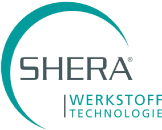








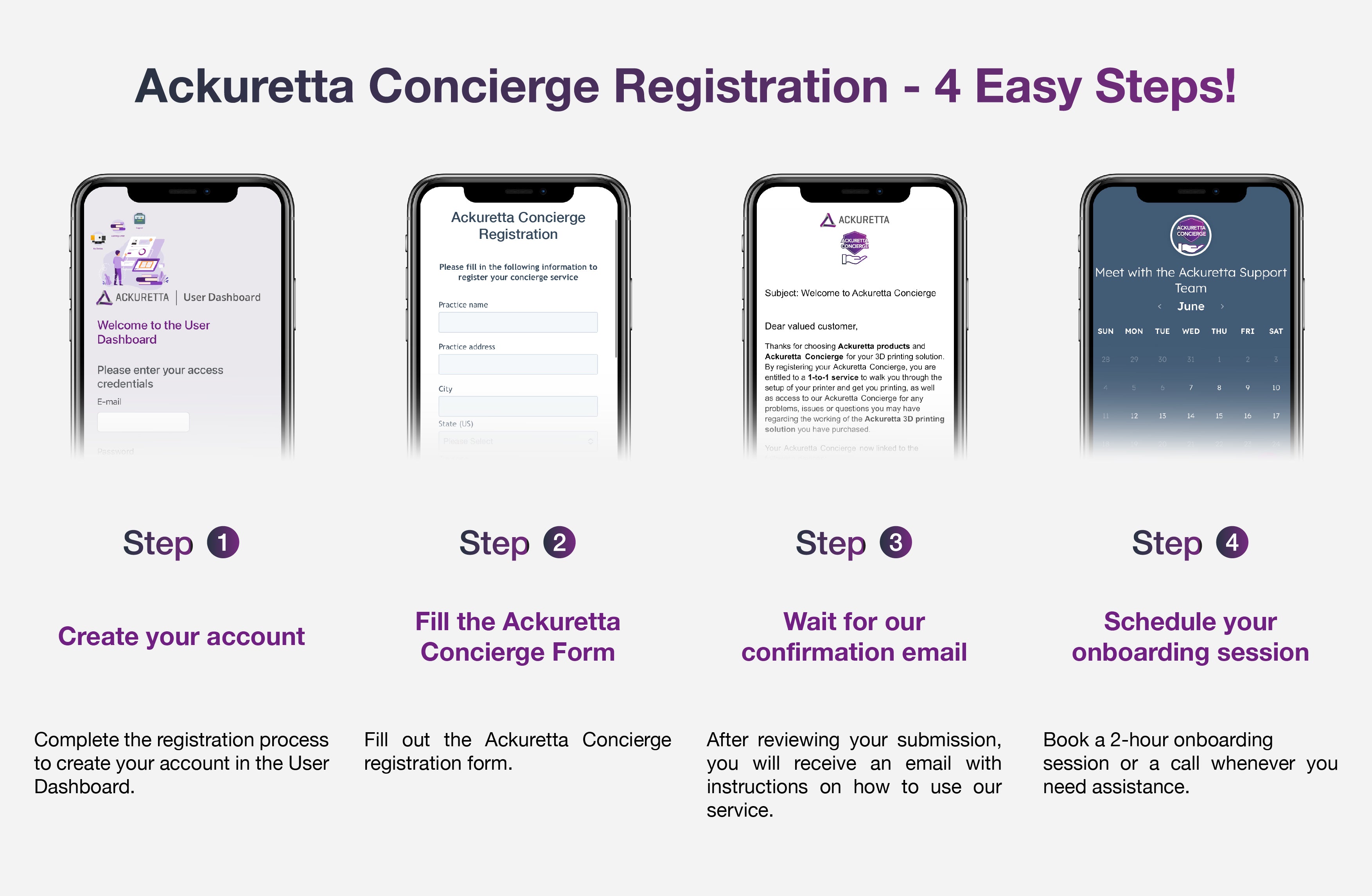






























 Loading ...
Loading ...



